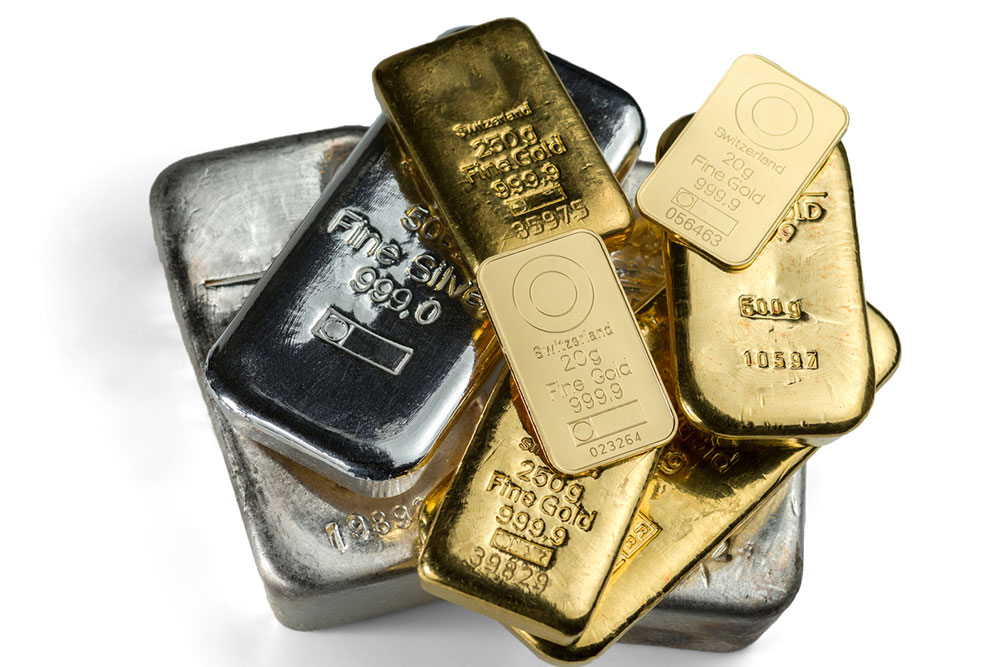6 things to remember when investing in precious metals

Regardless of economic conditions or inflation, precious metals remain relevant in the market. That’s why investments in precious metals like gold, silver, and platinum are considered safe hedges against economic and financial turbulence. But, investing in precious metals is a major financial decision, and just like every other type of investment, it involves some benefits and drawbacks. Understanding certain aspects before diving in can help protect oneself against potential financial repercussions.
K now the various ways to invest in precious metals
While buying precious metal in its concrete form may seem like the most obvious way of investing in it, it’s not the only strategy. Many people also buy gold, silver, or platinum futures, wherein they essentially sign a contract to purchase or sell the precious metal at a specified price and on a specific predetermined date. Those who opt for futures investments do not physically possess the precious metal but only the contract. Yet others may choose to invest in gold, silver, or platinum exchange-traded funds (ETFs), exchange-traded receipts (ETR), bonds, etc. Understanding the pros and cons of each method of precious metal investment helps one make the best financial decision.
Check if the precious metal is allocated
When investing in precious metals, one should always choose allocated ones, which guarantee the highest safety levels. For example, third parties cannot borrow allocated precious metals because their ownership has been secured. In contrast, unallocated ones pose the risk of being claimed by unauthorized entities. Knowing the differences between allocated and unallocated precious metals and selecting the right ones helps prevent security risks.
Diversify the investment
Precious metals provide investors with a hedge against inflation and other economic turbulences. But, they can also be risky investments on a short-term basis since their prices can change significantly over short periods. To manage such risk factors, it is best to diversify one’s portfolio by investing in not only precious metals but also other securities and assets, including stocks, bonds, cash, and real estate.
Understand market trends and predictions
Making a smart move is the mantra of investing wisely, and one can determine the right strategy only when one understands current market trends and predictions. For example, the value of a certain precious metal might be somewhat low at the moment, but it might be likely to appreciate in the near future, which would make it a good investment at present. Knowing these different trends and predictions can help one make the right investment decision and avoid unnecessary market risks.
Check the taxation criteria
A 28% collectibles tax rate applies for precious metals held by investors for over a year. This taxation is much higher than for other investment assets, which are taxed at 15-20%. The same taxation also applies to ETFs associated with precious metals. If one doesn’t know the taxation for different precious metals, one might end up with a financial crunch. So, it’s important to understand the taxation for the specific precious metal one invests in.
Avoid jumping into a bandwagon
Trends will always prevail in the investment market, and while some may have a logical basis, some others might be based on mere speculation. One should avoid jumping into bandwagons – it’s best to research well on particular precious metals, which ones are likely to perform well, and why, so that one doesn’t run into risks later.